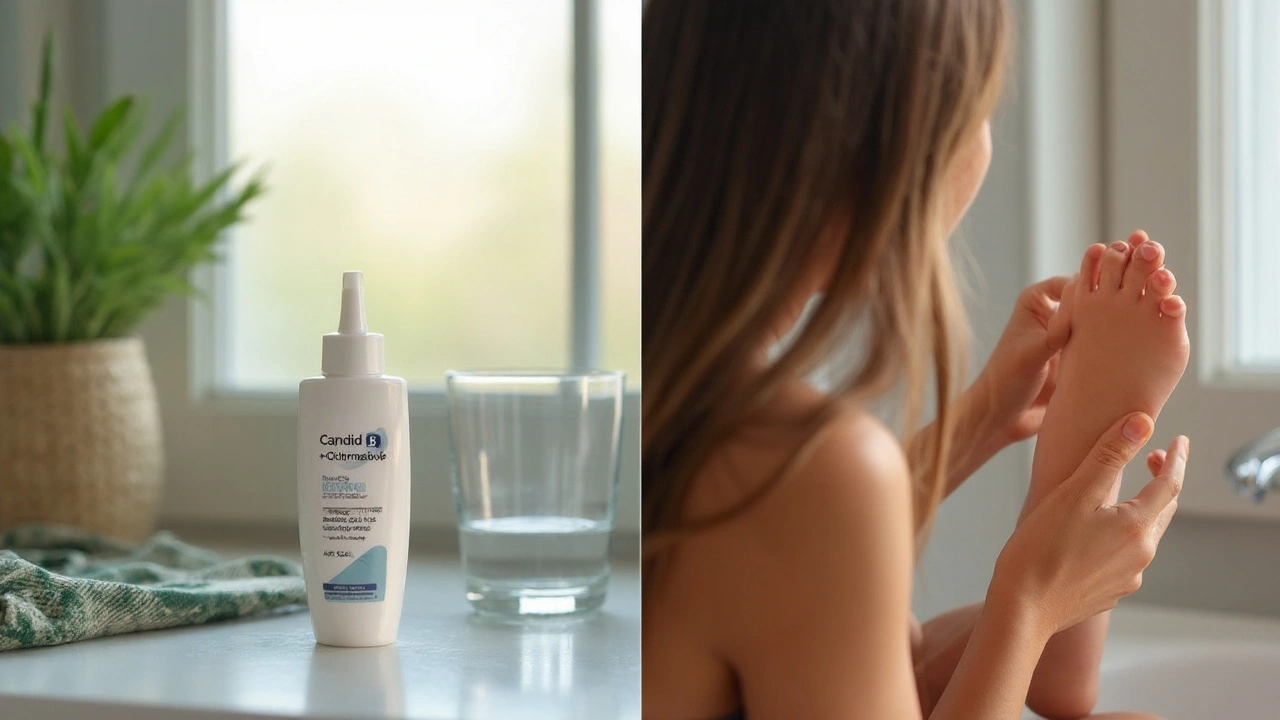Skin Infection Treatment: Simple Steps to Get Relief Fast
Got a red, itchy bump that won’t go away? It’s probably a skin infection, and you don’t have to suffer in silence. Most everyday infections are caused by bacteria or fungus and can be handled at home with the right approach. Below you’ll find the basics: how to spot the problem, what over‑the‑counter options work, and when it’s time to call a professional.
How to Identify Common Skin Infections
First, look at the symptoms. Bacterial infections like cellulitis usually show up as warm, swollen areas that spread quickly. You might see clear fluid or pus breaking through the skin. Fungal infections, such as athlete’s foot or ringworm, often create ring‑shaped, scaly patches that itch a lot. Keep an eye on fever, increasing pain, or spreading redness—those are red flags that mean you need a doctor.
Take note of how the infection started. Small cuts, insect bites, or even a harsh scratch can let germs in. If you’ve been sweating a lot, wearing tight clothing, or sharing towels, you’re at higher risk for fungal trouble. Knowing the cause helps you pick the right treatment.
Home Remedies and Over‑the‑Counter Options
For bacterial infections, clean the area with mild soap and warm water. Pat it dry, then apply an over‑the‑counter antibiotic ointment like bacitracin or mupirocin. Cover with a breathable bandage to keep it protected. Change the dressing daily and watch for improvement within a few days.
If you suspect a fungal infection, a topical antifungal cream such as clotrimazole or terbinafine works well. Apply the cream to the clean, dry skin twice a day for at least two weeks, even if the rash looks better earlier. For lingering foot fungus, soak your feet in a solution of one part vinegar to four parts water for 15 minutes daily, then dry thoroughly.
Don’t forget basic hygiene. Wash your hands often, avoid touching the infected spot, and keep the area dry. Change socks and underwear daily if the infection is on the lower body, and wash any clothing that touched the infection in hot water.
When home care isn’t enough, it’s time to seek professional help. If the redness spreads fast, you develop a fever, or the pain gets worse, call your doctor. Prescription antibiotics or stronger antifungal medications may be necessary, and a doctor can rule out more serious conditions like cellulitis that needs IV treatment.
In short, most skin infections start small and can be cleared with simple steps. Identify the type, clean the area, use the right over‑the‑counter product, and keep everything dry. If anything feels off, don’t wait—talk to a healthcare professional. Quick action means faster healing and less chance of complications.
